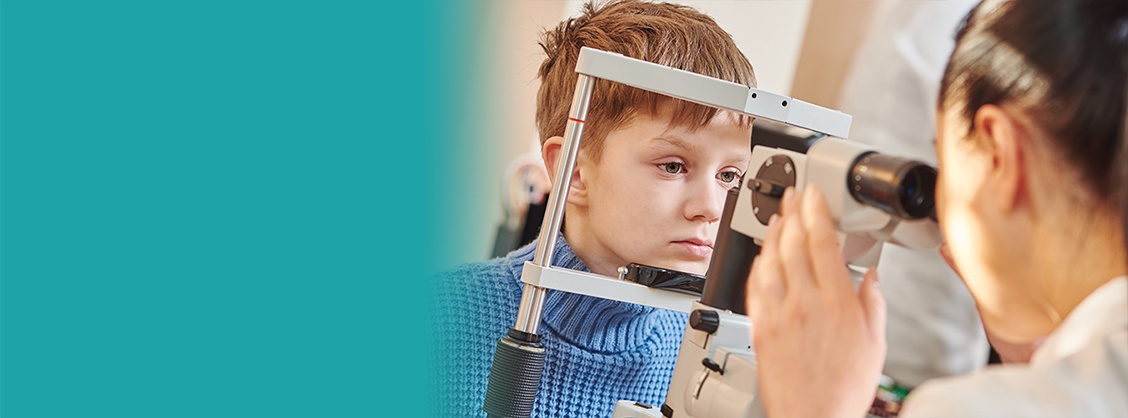The shape of your eyes plays an important role in the clarity and sharpness of your vision. Your eye’s ability to focus light precisely on the retina depends on the shape of your cornea, the flexibility of your lens, and the length of your eye. A refractive error occurs when these conditions are not perfectly aligned, resulting in blurry vision at one or more distances. One of the most common refractive errors is myopia, or nearsightedness. Myopia occurs when the eye is too long, the cornea is too curved, or a combination of the two. This results in light coming into focus before reaching the back of the eye, causing blurry distance vision. Other refractive errors include hyperopia, or farsightedness, where the eye is too short, or cornea curved too little; presbyopia, which is the loss of lens flexibility with age; and astigmatism, where the cornea is shaped irregularly. Refractive Surgery, Prescription glasses and contacts correct your refractive error by adjusting the point of focus back onto the retina, resulting in clearer vision. The type of refractive error and the degree of severity determine which lens type and strength are used to compensate for the error. To get the best possible vision, your eye doctor can find the cause of your blurry vision, and offer the best corrective option for you. Over time, your eye’s shape may change, so it is important to see your doctor annually to maintain the clearest possible vision. Schedule your next eye exam today, to see a clearer tomorrow.
-
Clarity and sharpness of your vision
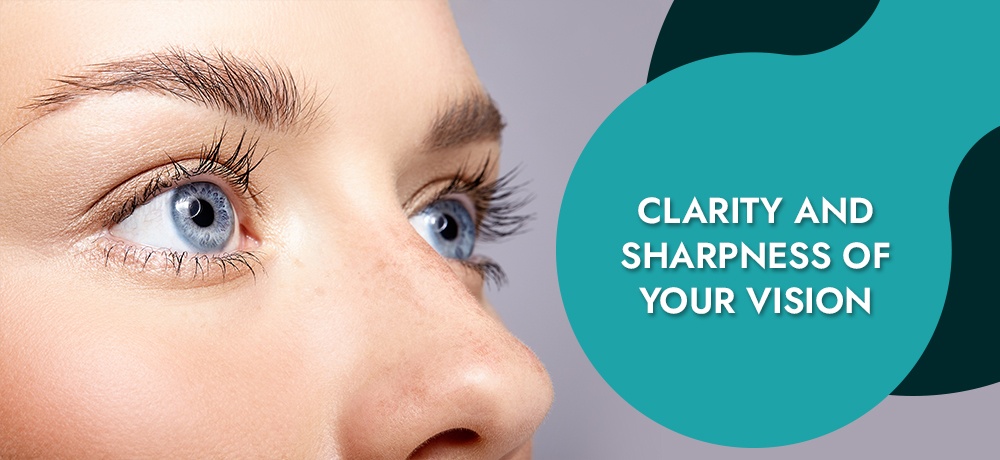
CLICK HERE TO READ THE FULL ARTICLE »
-
Sunglass lens

When most of us see the sun rise, we call it the beginning of a beautiful day, but it's what we don't see, that we all need to guard against: the sun's ultra-violet rays. Throughout the year, just about everyone is exposed to these harmful, invisible, ultra-violet - or UV rays. Whether you are indoors, or outdoors, a child or an adult, exposure to the sun's UV rays can cause serious long-term damage to your eyes. Just as you should protect your skin from the sun's UV rays using sunscreen, you should protect your eyes with UV-filtering sunglass lenses.
CLICK HERE TO READ THE FULL ARTICLE »
-
Myopia Management
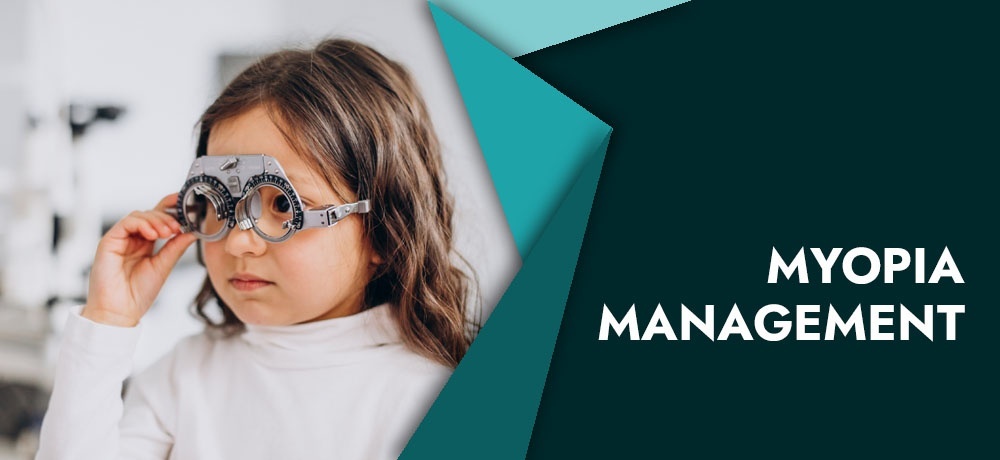
Does your child have myopia? Myopia, or nearsightedness, is when your child can see near objects clearly, but has difficulty seeing objects at a distance. Myopia can be caused by the shape of the eye’s cornea, or when the eye grows too long. While myopia is a common refractive error among children, many parents are unaware that myopia can worsen as children grow, impacting their learning and development. While the only option for treating myopia used to be glasses or regular contact lenses, now there are a variety of treatments available that may slow this condition’s progression. The most common treatment options work to prevent the eye from continuing to overgrow. These include prescription eye drops, multifocal glasses or contacts, or a therapy called orthokeratology, which are contact lenses worn at night that temporarily reshape the cornea for clear vision the following day. How do these special contacts and glasses work differently than regular lenses? Regular glasses and contacts only focus central light rays, which causes peripheral light rays to focus behind the eye’s retina, which is thought to stimulate eye growth. Orthokeratology and multifocal lenses correct the central light rays while also focusing peripheral light rays in front of the retina. This is thought to prevent the eye from continuing to grow. The myopia management treatment you choose depends on your child's unique vision needs. Please talk to us today to find out what treatment is best for your child.
Thanks,
Alex
CLICK HERE TO READ THE FULL ARTICLE »
-
Ocular Allergies
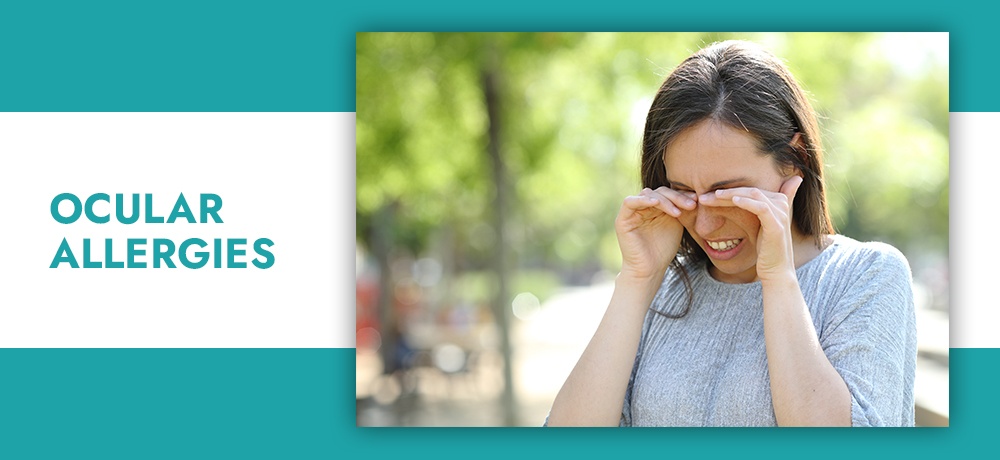
If your eyes are itching, tearing, burning, or red you may have eye allergies, or what doctors call allergic conjunctivitis. Allergies develop when the body's immune system becomes sensitized to something such as pollen, dust, pet dander, or mold. These are called allergens, and there are many potential allergens in our environment that can come into contact with our eyes. With allergic conjunctivitis, allergens cause the eyes and surrounding tissues to become inflamed and uncomfortable. These symptoms may occur alone, or in combination with general allergic symptoms such as coughing, sneezing, or a stuffy nose. There are two main types of eye allergies: Seasonal and Chronic. Seasonal eye allergies are the most common form and occur in the spring or fall when the amount of pollen in the air is very high. Chronic eye allergies are less common, but potentially more severe than seasonal allergies. This form is non-seasonal and occurs continuously throughout the year. Chronic eye allergies may be triggered by dust, mold, pets or other allergens that are present year-round. While ocular allergies may be an ongoing condition, the right treatment from your eye care professional can reduce or eliminate symptoms.
CLICK HERE TO READ THE FULL ARTICLE »
-
Essilor’s Stellest Lenses Receive FDA Breakthrough Device Designation
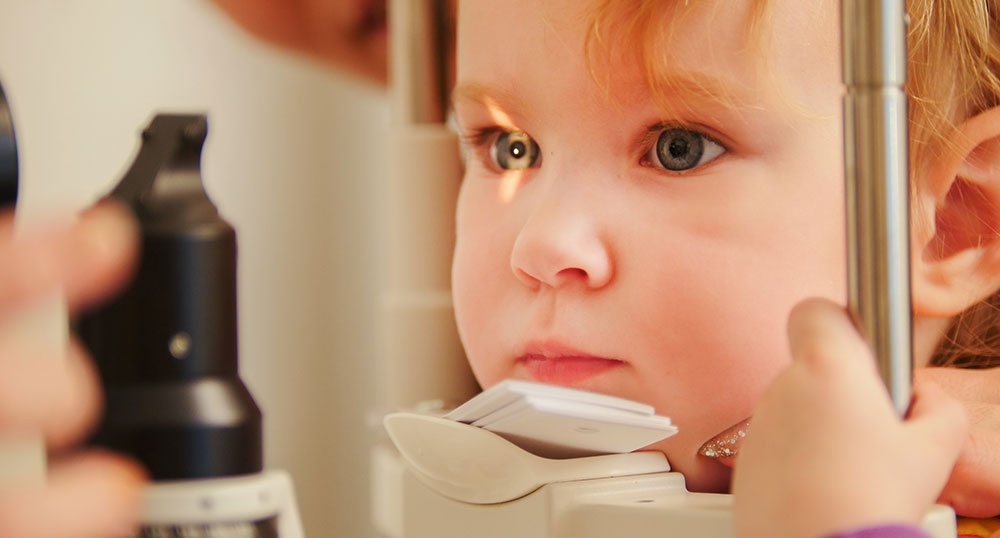
Original Article Source Credits: Review of MM, https://reviewofmm.com/
Article Written By: NA
Original Article Posted on: May 17, 2021
Link to Original Article: https://reviewofmm.com/essilors-stellest-lenses-receive-fda-breakthrough-device-designation/
CLICK HERE TO READ THE FULL ARTICLE »
-
Corneal Refractive therapy (CRT)
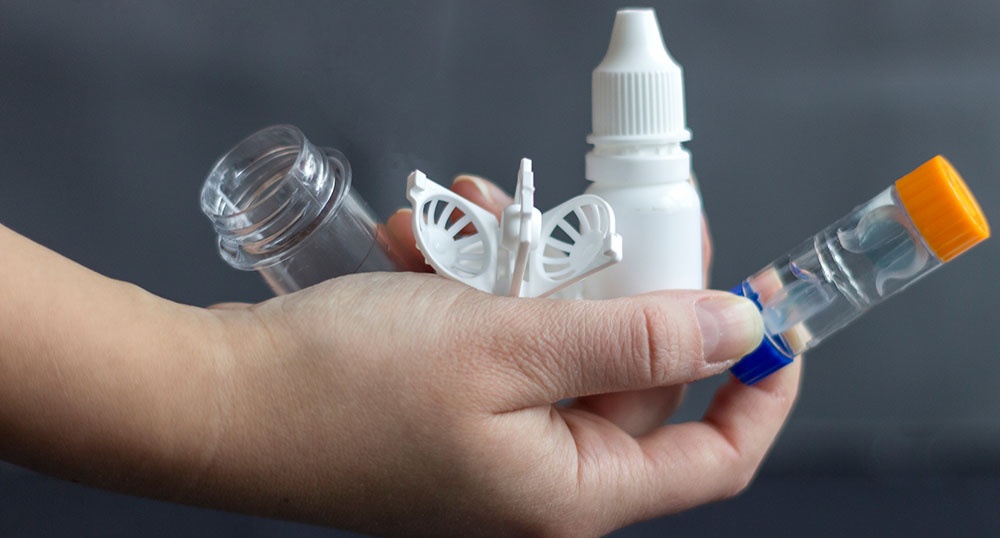
Corneal refractive therapy (CRT) is a non-surgical treatment option for people suffering from mild to moderate presbyopia, nearsightedness, farsightedness, or astigmatism. CRT offers a legitimate alternative to laser vision correction for many people. This procedure uses specially designed contact lenses, which are prescribed to reshape the surface of the cornea and reduce or eliminate the need for glasses or regular contact lenses. CRT treatment involves changing the curvature of the cornea by temporarily molding its shape using a gas permeable contact lens.
CLICK HERE TO READ THE FULL ARTICLE »
-
Blepharitis
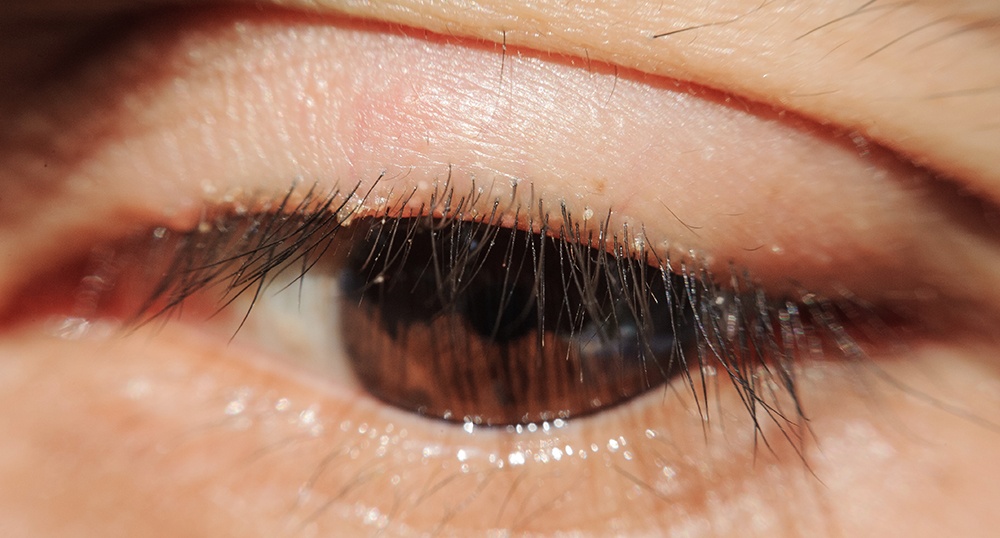
Blepharitis is a common condition, that results in inflammation affecting the eyelids, and eyelashes. Symptoms of blepharitis include redness, irritation, crusting, and a dry or sandy feeling in the eyes and eyelids. In most cases, this condition does not cause damage to one's vision. Typical causes of this condition include bacterial infections, allergic reactions, excessive oil production by glands in the eyelid, or poor eyelid hygiene. If you are experiencing symptoms of Blepharitis, contact your eye care professional to schedule an eye examination.
CLICK HERE TO READ THE FULL ARTICLE »
-
Ocular surface disease
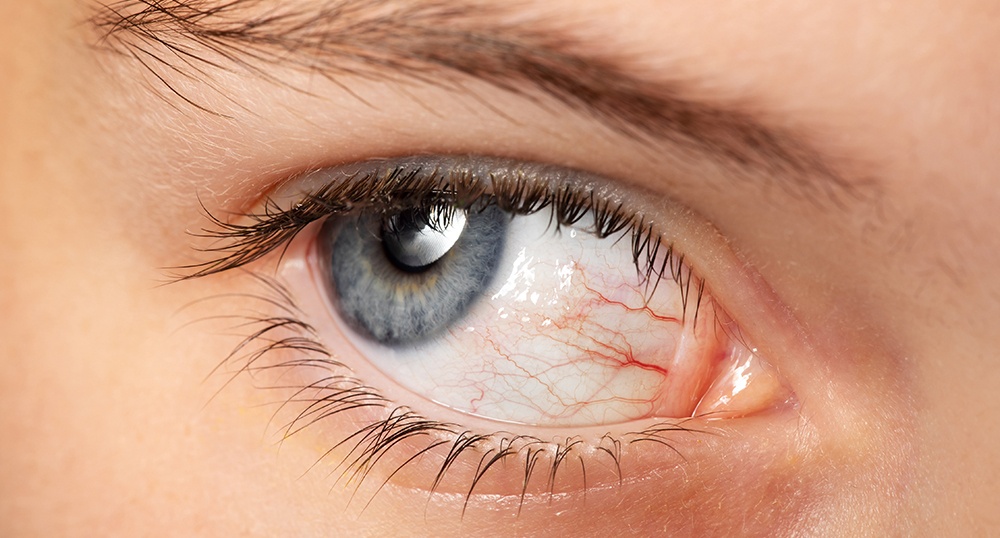
Ocular surface diseases are disorders of the surface of the cornea, the transparent layer that forms the front of the eye. These diseases include dry eye syndrome, meibomian gland dysfunction, blepharitis, rosacea, allergies, scarring from glaucoma medications, chemical burns, and immunological conditions. Ocular surface diseases can severely affect eyesight and quality of life. Symptoms may include blurry vision, discomfort or pain, redness and itching, and in severe cases, blindness due to corneal scarring. Unfortunately, cases often go undiagnosed and untreated due to a lack of understanding of symptoms and inaccurate evaluation.
CLICK HERE TO READ THE FULL ARTICLE »
-
Presbyopia
When we are young, the lens inside of our eye is extremely flexible, and allows us to easily focus on close objects. Over time, the lens gradually loses its flexibility, which makes it difficult to focus on close objects. This condition is called Presbyopia, and it is a normal part of the aging process that happens to everyone, even those who have never had a vision problem before.
CLICK HERE TO READ THE FULL ARTICLE »
-
Glaucoma

In a healthy eye, a balance exists between the fluid produced, and the fluid that leaves the eye. This balance keeps the eye pressure at a healthy level. In order to maintain balance the eye has a built-in drainage system. This drainage system controls the inflow and outflow of fluids, which is responsible for nourishing the eye. The eye's drainage system works a lot like a sink. Fluid is produced from the faucet and exits through the drain. If a blockage develops in the eye's drainage system, or if fluid is produced faster than it can escape - an overflow will occur. In the eye, this overflow causes the pressure to elevate. The optic nerve is most vulnerable to damage from elevated pressure. Continuous elevated pressure or spikes in pressure can damage the optic nerve. If left untreated, damage to the optic nerve can lead to vision loss and even blindness. The main goals of glaucoma surgery are to reduce eye pressure and prevent vision loss. When treating glaucoma one option to reduce pressure, is to turn off the faucet. Another option to reduce pressure is to remove the blockage that's slowing the fluid from escaping. And the final option for reducing pressure is to create a new channel for the fluid to escape through. Your doctor will recommend the best option for you.
CLICK HERE TO READ THE FULL ARTICLE »
-
Color blind tests: Do you see colors as they really are?
Original Article Source Credits: All About Vision , https://www.allaboutvision.com/
Article Written By: Gary Heiting, OD
Original Article Posted on: NA
Link to Original Article: https://www.allaboutvision.com/en-ca/eye-exam/color-blind-tests/
CLICK HERE TO READ THE FULL ARTICLE »
-
What Causes Dry Eyes?
Original Article Source Credits: WebMD , https://www.webmd.com/
Article Written By: NA
Original Article Posted on: September 12, 2020
Link to Original Article: https://www.webmd.com/eye-health/eye-health-dry-eyes
CLICK HERE TO READ THE FULL ARTICLE »
-
What is myopia control?
Original Article Source Credits: All About Vision , https://www.allaboutvision.com/
Article Written By: Beth Longware Duff
Original Article Posted on: NA
Link to Original Article: https://www.allaboutvision.com/conditions/myopia-faq/what-is-myopia-control.htm
CLICK HERE TO READ THE FULL ARTICLE »
-
Ocular Migraines

An ocular migraine occurs when blood vessels in part of the brain responsible for vision temporarily spasm.
CLICK HERE TO READ THE FULL ARTICLE »
-
Vitamins and Supplements for Macular Degeneration
Original Article Source Credits: Verywell Health , https://www.verywellhealth.com/
Article Written By: Sherry Christiansen
Original Article Posted on: August 20, 2020
Link to Original Article: https://www.verywellhealth.com/vitamins-and-supplements-for-macular-degeneration-5069858
CLICK HERE TO READ THE FULL ARTICLE »
-
Eye Hygiene (Eyegiene) for Better Eye Health
Original Article Source Credits: MyDryEye , https://mydryeye.ca/
Article Written By: Diana Nguyen
Original Article Posted on:
Link to Original Article: https://mydryeye.ca/eye-hygiene-eyegiene-for-better-eye-health/
CLICK HERE TO READ THE FULL ARTICLE »
-
The COVID-19 vaccine: Will it affect your vision?
Original Article Source Credits: All About Vision , https://www.allaboutvision.com/
Article Written By: John Egan and Adam Debrowski
Original Article Posted on: NA
Link to Original Article: https://www.allaboutvision.com/en-ca/coronavirus/covid-vaccine-side-effects-vision/
CLICK HERE TO READ THE FULL ARTICLE »
-
Symptoms of Wet Age-Related Macular Degeneration
Original Article Source Credits: Verywell Health , https://www.verywellhealth.com/
Article Written By: Sherry Christiansen
Original Article Posted on: November 24, 2020
Link to Original Article: https://www.verywellhealth.com/wet-amd-symptoms-5025052
CLICK HERE TO READ THE FULL ARTICLE »
-
Ultraviolet (UV) radiation and your eyes
Original Article Source Credits: All About Vision , https://www.allaboutvision.com/
Article Written By: Gary Heiting, OD
Original Article Posted on: NA
Link to Original Article: https://www.allaboutvision.com/en-ca/sunglasses/sun-protection/
CLICK HERE TO READ THE FULL ARTICLE »
-
7 Ways to Ease Computer Vision Syndrome
Original Article Source Credits: Healthline , https://www.healthline.com/
Article Written By: Kirsten Nunez
Original Article Posted on: March 4, 2021
Link to Original Article: https://www.healthline.com/health/eye-health/computer-vision-syndrome
CLICK HERE TO READ THE FULL ARTICLE »
